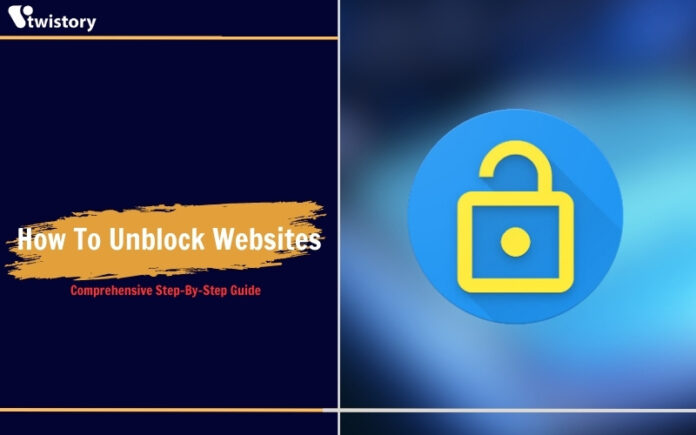Bypassing website restrictions can be a common challenge, whether you’re on a computer in a school library, at your desk at work, or abroad trying to watch your favorite shows from back home. Virtual Private Networks (VPNs) are the go-to solution for this problem because they’re simple to use and effective. They work by changing your IP address, which is like your online home address, to make it seem like you’re browsing from a different location.
For iPhone users, there’s a handy guide on how to switch your iPhone location using a VPN, which can be incredibly useful. And for those who love watching videos on YouTube, there’s also a tutorial on how to change your YouTube location with a VPN.
Now, let’s dive into the detailed steps on how to unblock website.
How to Unblock Websites at School, Work, or Home
Encountering a website that is blocked on your phone, laptop, or tablet can be really frustrating, especially if you’re at school or work, or even when you’re just trying to catch up on your favorite series from another country. But don’t worry, there’s a simple fix: VPNs.
These tools, which are effective, hide your device’s IP address, which is a unique identifier for your device. This technique helps you bypass those pesky website blockers and censorship filters.
Setting up a VPN is a simple process and you can get it done in just a couple of minutes. To get started, here are some well-known VPNs that we’ve tried and can recommend: Surfshark, NordVPN, Private Internet Access.
How To Set Up A VPN
Easy Steps to Set Up a VPN
Getting around website blocks is easy with a VPN. Here’s how to set one up:
- Not sure which VPN to choose? Check out our VPN buying guide or find the best VPNs for students.
- You can download a VPN app to encrypt all your internet traffic, or just a browser extension for surfing the web. If you’re using a school computer, a browser extension is likely your best bet.
- Once downloaded, open it and sign in using your username and password.
- Select a VPN server that is geographically close to you for faster internet speeds.
- Your device’s IP address will be masked, making it appear as if you are connecting from a different location. This encryption protects both your IP address and your online activity, so you can visit any website, including those that are normally restricted.
For the best experience, try VPNs with dynamic IP addresses, which change every time you connect. This feature is particularly useful for maintaining privacy and avoiding blocks. Consider looking into VPNs like ExpressVPN, Private Internet Access, and IPVanish, known for their dynamic IP addresses.
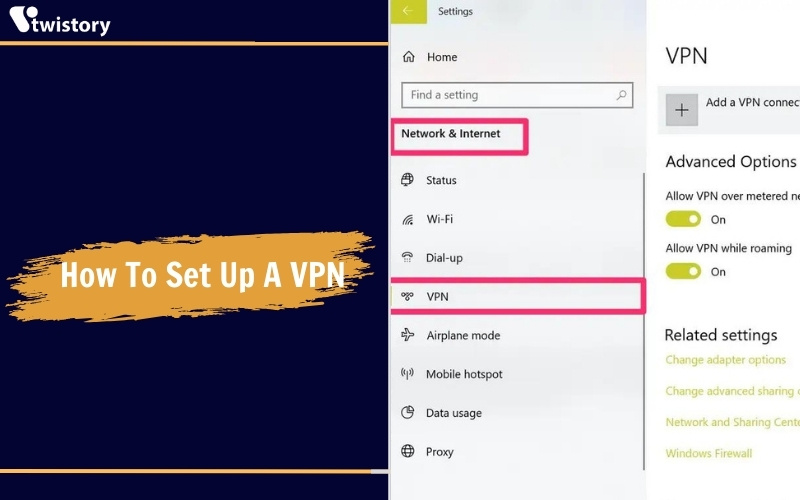
What Are Proxy Servers?
If you just want to mask your online identity, a free proxy can be a good choice instead of a VPN. Proxies are usually free and are typically limited to a specific website or application. But a VPN encrypts all internet traffic from your device, ensuring your online activities remain confidential.
For students on school computers, proxies can be a practical option. And if you’re at work looking to get around site blocks, verify that your workplace doesn’t restrict access to public web proxies.
>>Explore more: What Is Proxy Server? How Does It Work & What Are Its Benefits?
Change Device Permissions
For Windows:
- Press the Start button on your computer.
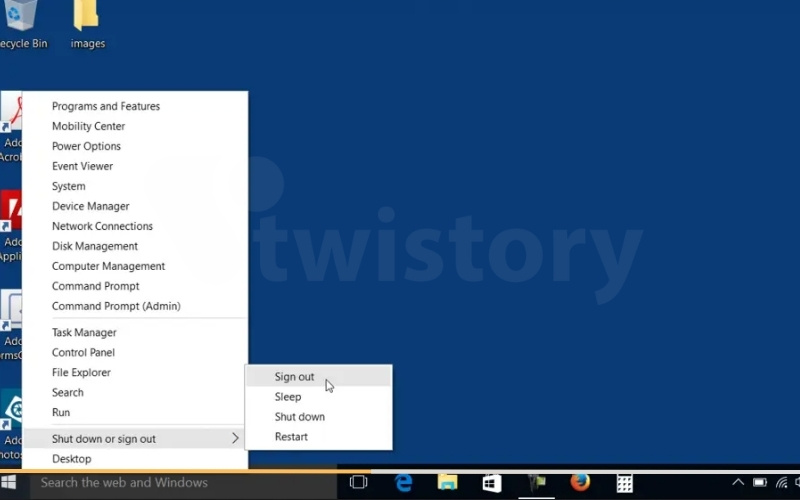
2. Go into Settings.
3. Choose Update & Security.
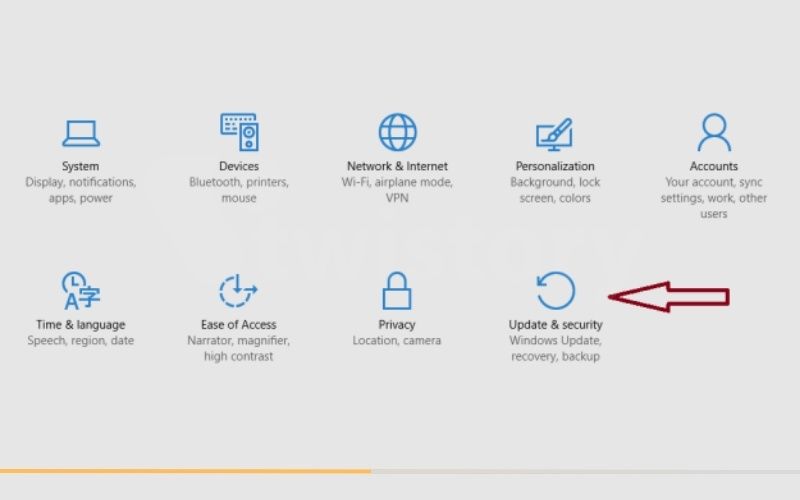
4. Click on Windows Security.
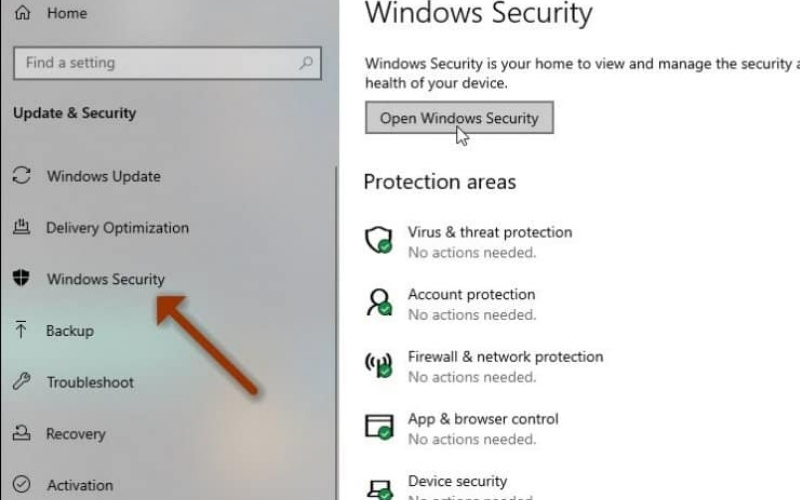
5. Select Firewall & Network Protection.
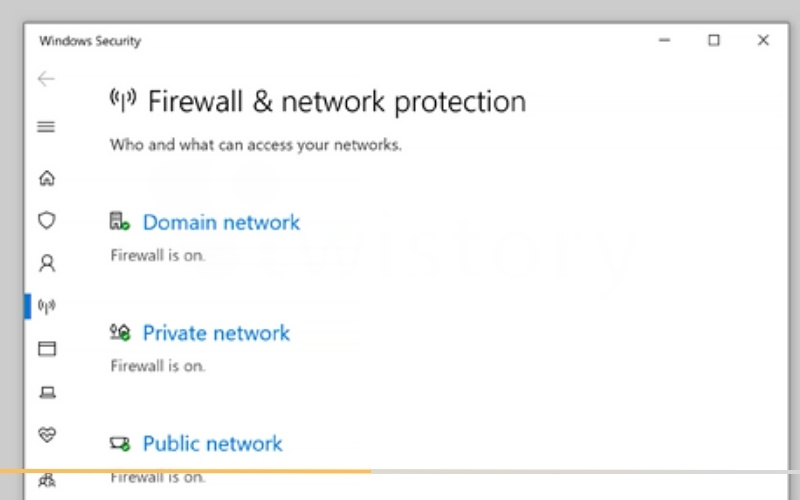
6. Pick the network profile you’re using.
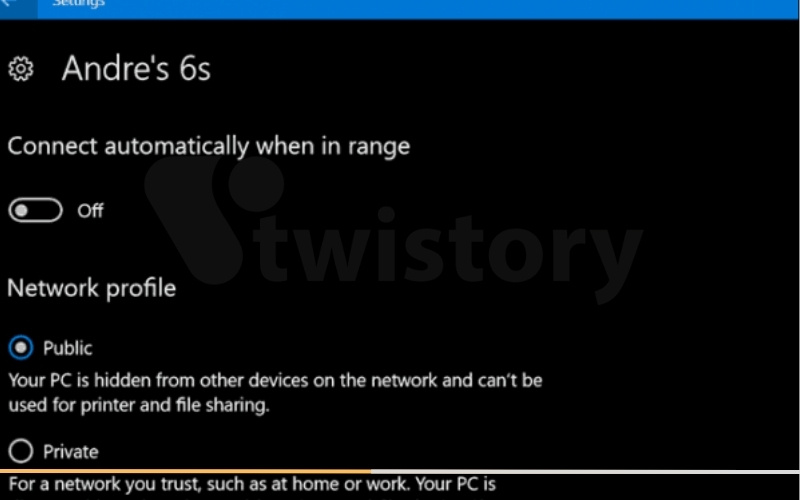
7. Find Microsoft Defender Firewall.
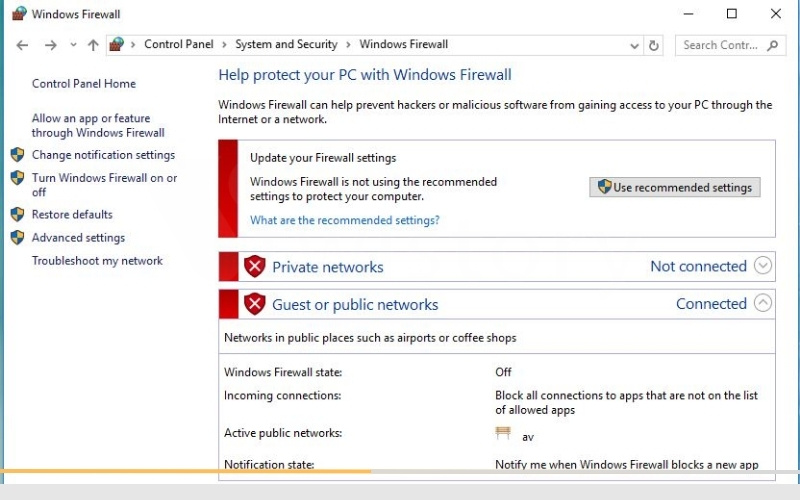
8. Turn it off.
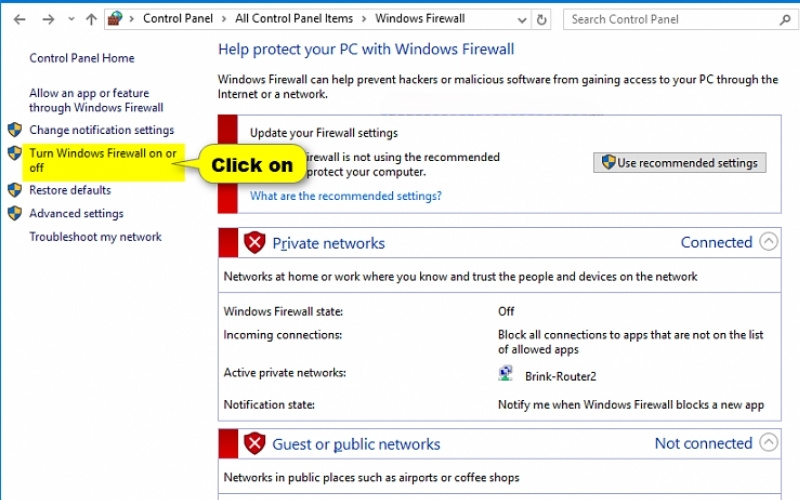
For Chrome on a Computer:
- Open Chrome.
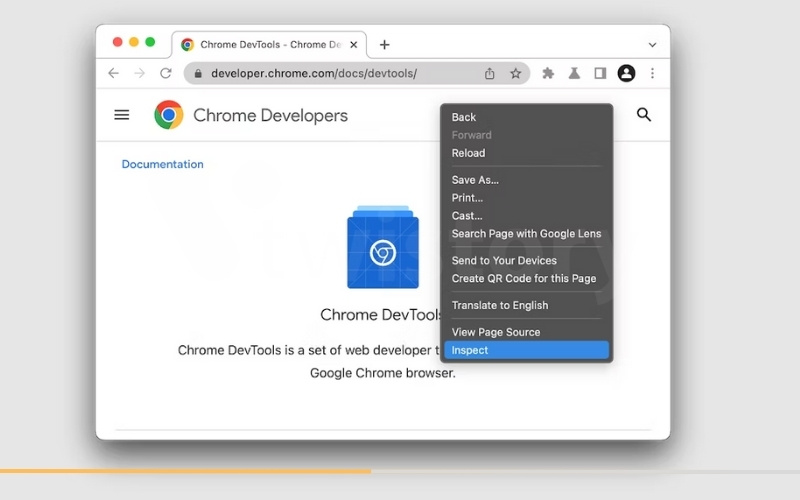
2. Click on the three vertical dots in the top right corner.
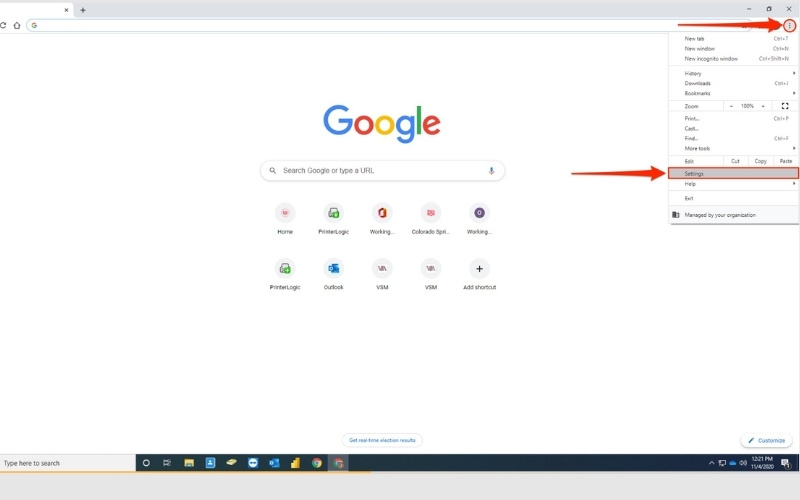
3. Go to Settings.
4. Scroll to the Privacy and Security section.
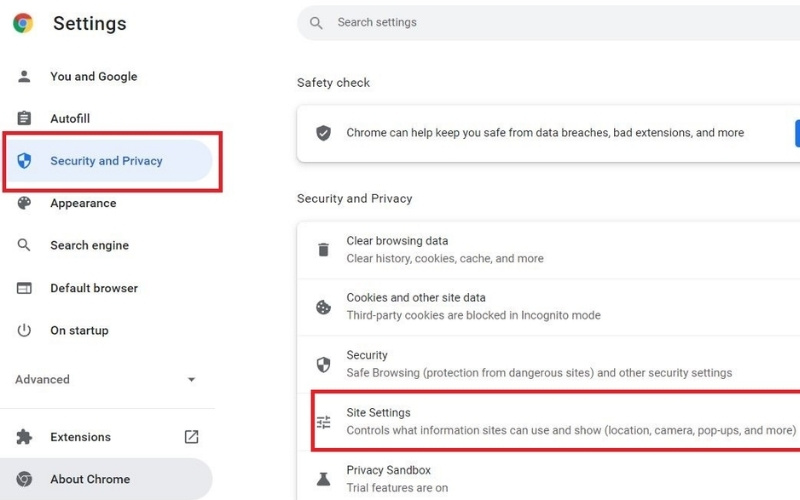
5. Click on Site Setting
6. Make the changes you need.
For Chrome on Android:
- Open Chrome.
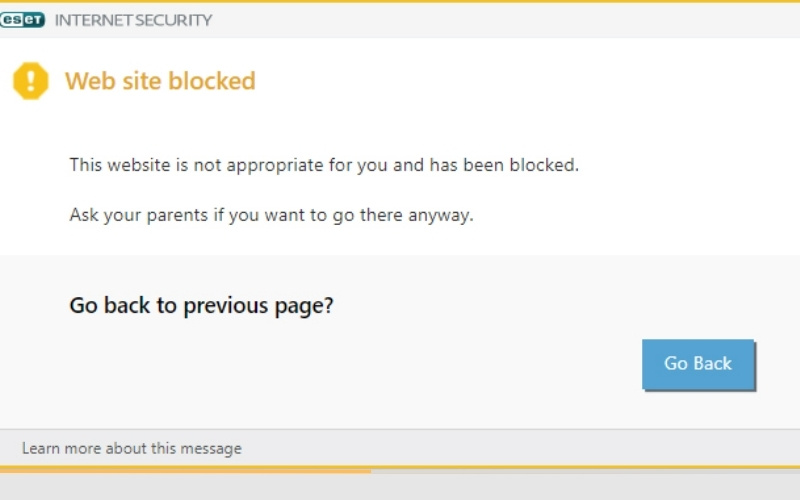
2. Visit a website that you want to unblock.
3. Tap on the three-dot menu icon.
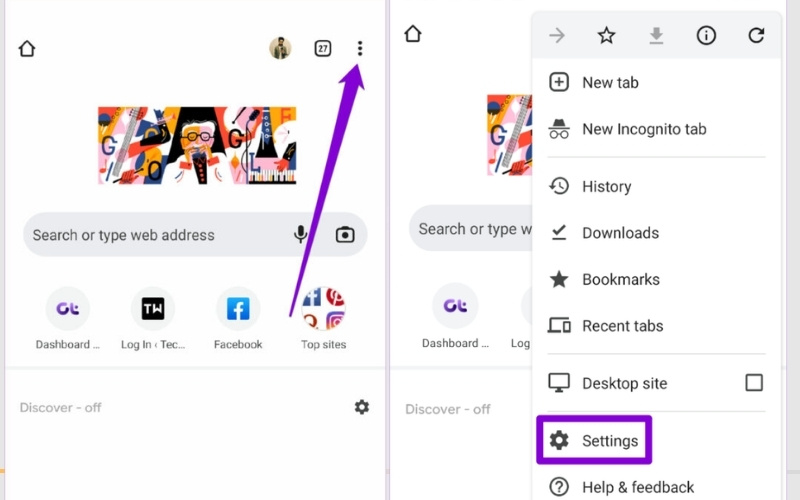
4. Tap on the ‘Info’ icon next to the website address.
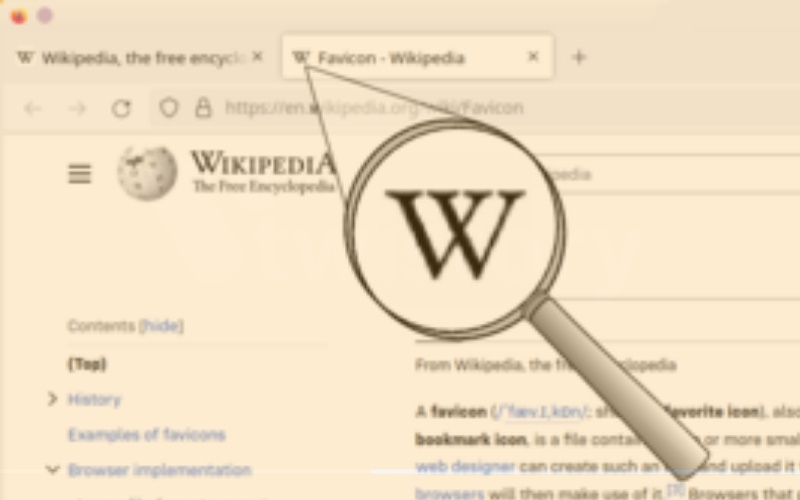
5. Go to Permissions.
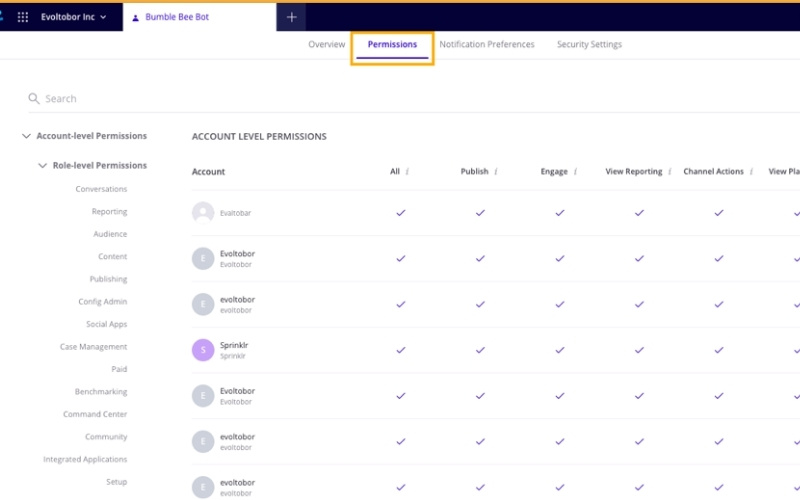
6. Tap Reset Permissions.
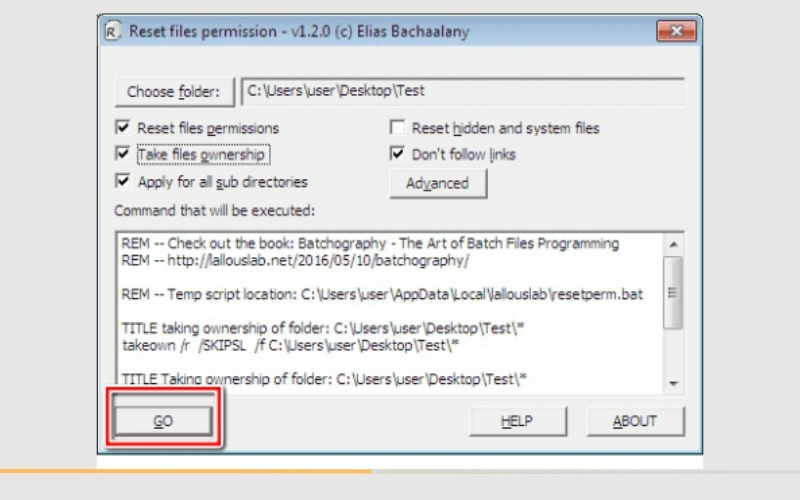
For Chrome on iPhone or iPad:
- Open Chrome app.
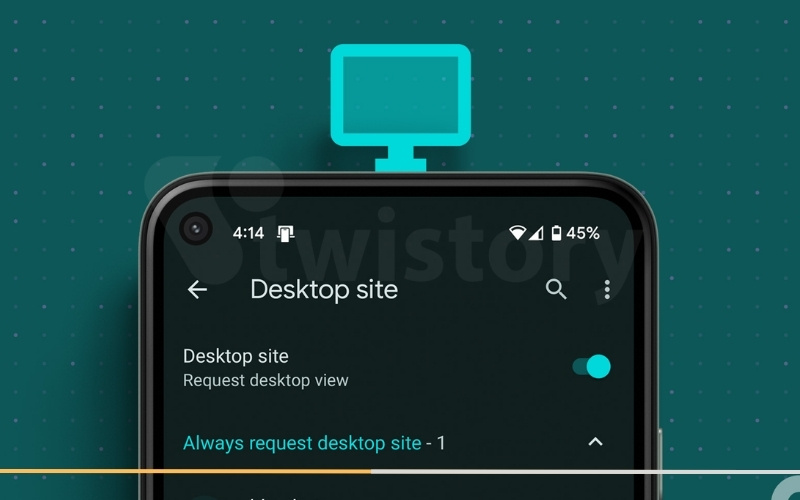
3. Tap on the three-dot menu icon in the bottom right corner.
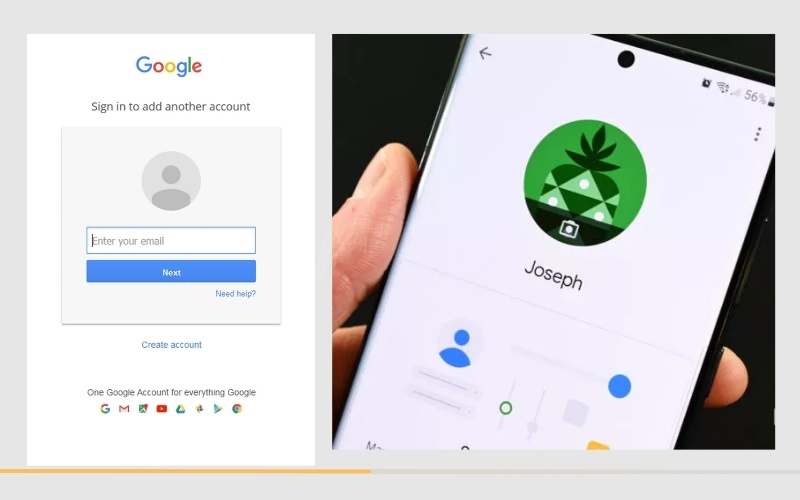
4. Go to Settings.
5. Tap on Content Settings.
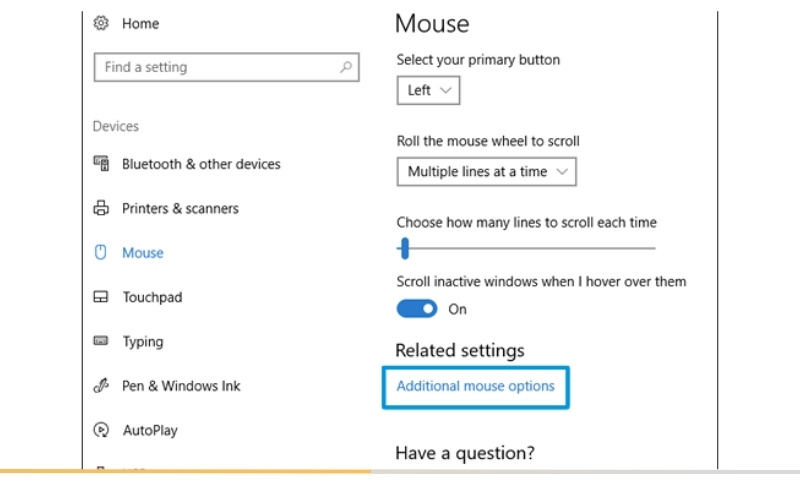
6. Change the permissions as needed.
Tor Browser
The Tor browser is a free program you can download that helps keep your web browsing secret. It hides where you are and what you’re looking at online, which is great for staying private. This might let you get past blocks on the internet, like at school or work. But, it might be hard to get this browser on computers that your school or job owns, or if you’re in places like China where they have strict rules on internet use.
Turn Off Screen Time Limits
If you can’t get to a website because of screen time limits, here’s how to turn them off if you’re allowed to:
For iPhone:
- Open your settings.
- Tap ‘Screen Time’.
- Tap ‘Continue’.
- Choose ‘This Is My Device’ or ‘This Is My Child’s Device’.
- If it asks, enter your passcode.
- Tap ‘Content & Privacy Restrictions’.
- Again, enter your passcode if it asks.
- Switch ‘Content and Privacy’ to off.
For Android:
- Visit g.co/YourFamily on a browser.
- Log in with your details.
- Pick your child’s name if you set limits for them.
- Tap ‘More’.
- Tap ‘Disable’.
Other Methods for Unsophisticated Blockers
- Use the website’s IP address directly: Some blockers only block the website name, not the actual internet address (IP). You can use a Whois lookup tool to find a website’s IP address and enter it directly into your browser’s address bar.
- Switch protocols: Try changing the beginning of the website’s address from HTTP to HTTPS, or vice versa. Some blocking software may only prevent one type. Be aware that HTTPS is generally more secure than HTTP.
- Check cached pages: Browsers store copies of websites you visit so they load faster the next time. If a website is blocked, its cached version may not be. To try this in Chrome, search for the website on Google, click the arrow next to the website’s URL, and select “Cached.”
- Use a URL shortener: Some blockers can be bypassed with a shorter link. Bitly is one such service that can shorten URLs for you. Just copy the long website address, go to Bitly, paste it to get a short link, and use that link in your browser.
Why Are Websites Banned?
For those of us who are against internet censorship, running into blocked websites can be a frustrating experience, but there are many reasons why websites are banned, some legitimate and some not.
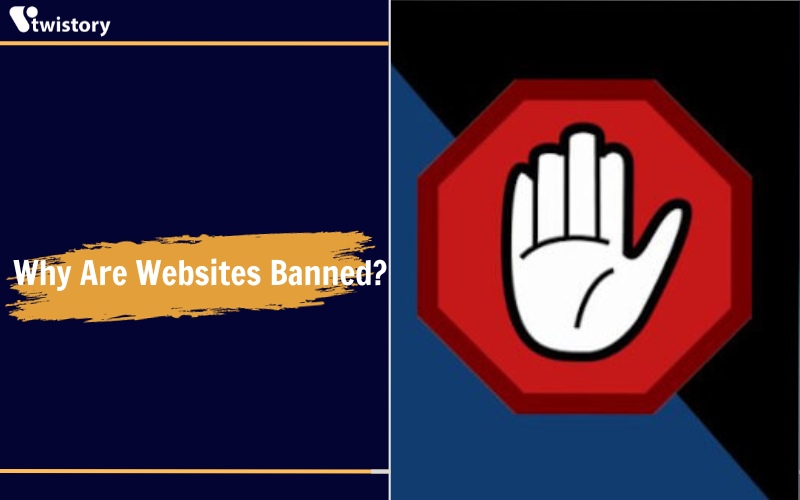
Schools
Schools block certain websites to control what kids can see online. It’s a rule for schools that get special lower prices on internet service through the E-Rate program—a government discount program. They have to follow laws that help keep the internet safe for kids. This means they have to stop access to:
- Pictures that are not appropriate for kids.
- Any kind of child abuse images.
- Anything that could be harmful to anyone under 18.
- This is part of a law called the Children’s Internet Protection Act that started in 2000 when the internet was becoming common.
Schools also block websites to protect kids from bad stuff like rude content and cyberbullying. Our studies show that cyberbullying affects 1 out of 5 kids. So, to keep kids safe online, schools often limit which websites and search terms they can use.
Governments
Governments in places like China and Russia often block websites to stop people who disagree with them politically, independent news reporters, and groups that work for human rights from speaking out. These governments might also block websites to keep the country safe, to stop illegal content like child abuse images, or to prevent people from breaking copyright or trademark laws by sharing stuff they don’t own.
Employers
One reason is to prevent employees from wasting time on the internet when they should be working. This is sometimes called “cyberloafing” or “cyberslacking.” It turns out that workers can waste about 56 minutes a day online, adding up to almost five hours every week. So, companies block sites like social media to stop this “time theft.”
Another reason is to protect the company’s data from security threats. People often make mistakes that can lead to data leaks or cyberattacks. For example, a lot of workers keep lists of their passwords on their devices instead of using secure password managers. Many use the same password for everything, which isn’t safe. Some get tricked by scam emails, and not all remote workers follow the rules about keeping company information safe. By blocking certain websites, companies try to protect themselves from these risks, along with using antivirus programs and VPNs for remote workers.
Is It Legal to Unblock Websites?
The legality of unblock websites can vary depending on your location and the specific circumstances. In some countries with strict internet censorship laws, such as China and Russia, bypassing website restrictions is generally illegal. Similarly, in the United States, schools that fall under the Children’s Internet Protection Act (CIPA) are prohibited from allowing students to access certain websites that are deemed inappropriate for minors.
However, in many other countries and contexts, unblocking websites is generally considered legal. For instance, if you’re at work and your employer has blocked certain websites, you may be able to bypass those restrictions using tools like virtual private networks (VPNs) or proxy servers. While this might not be explicitly encouraged by your employer, it is not typically illegal.
Conclusion
In wrapping up our comprehensive guide on how to unblock websites, Twistory.net has laid out the tools and methods because we believe in an internet without barriers. Hopefully, using a VPN has given you the access you needed. However, it is important to be aware of the risks, especially in countries with strict internet laws like China. While it is fine to use a VPN in places like the U.S., it is not universally accepted. So, always use such tools wisely and with caution.

